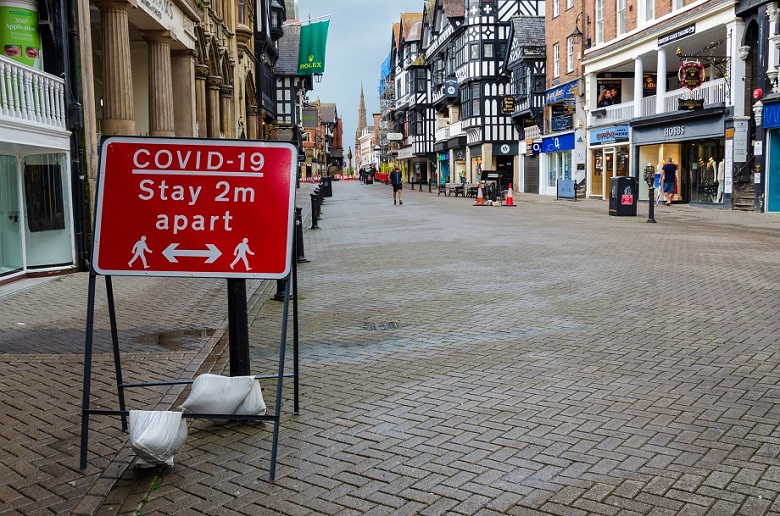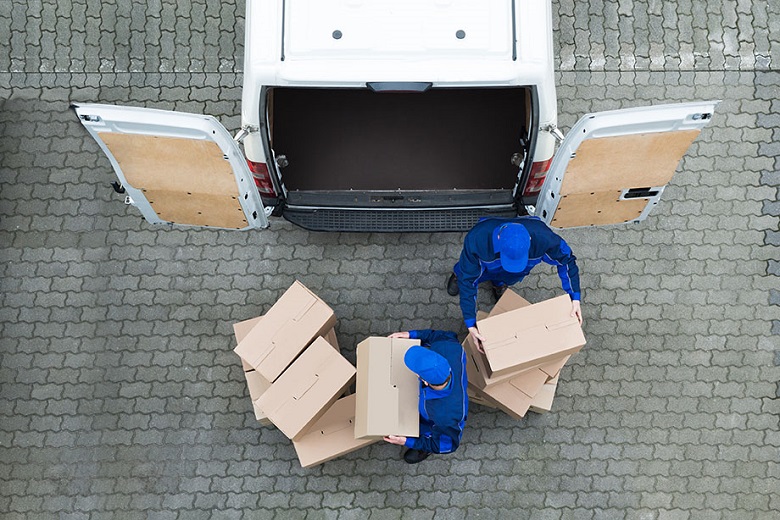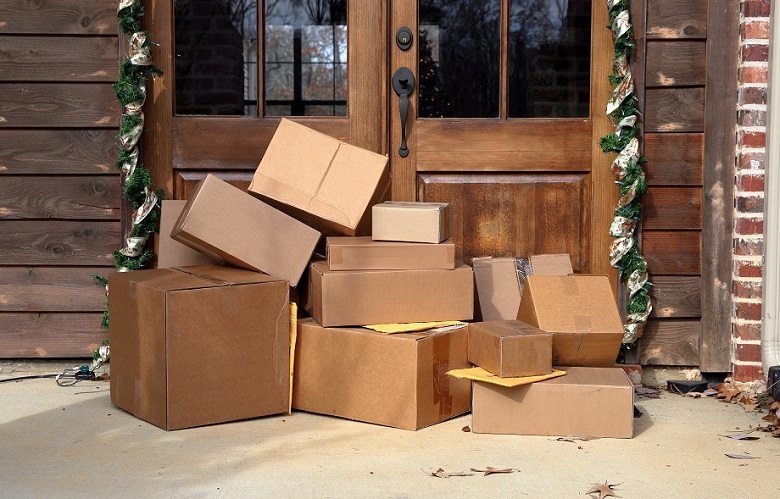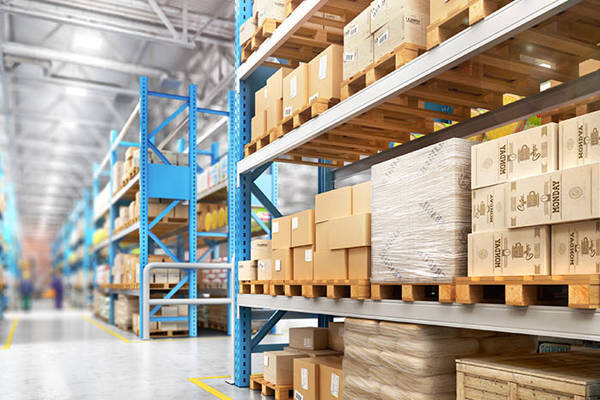Black Friday Sustainability: Three ways to help e-commerce go green
It may have started as a US shopping phenomenon, but Black Friday is now very much part of the global shopping calendar. And that means retailer, consumers and industries must now accommodate the pre-Christmas spending spree.
The popularity of online shopping and the lure of a good bargain cannot be underestimated, and the forthcoming Black Friday weekend will result in lots of products being shipped from stores to buyers’ homes. This, in turn, leads to large quantities of packaging that need to be recovered from domestic recycling collections in a way that allows the packaging to become high-quality material for recycling.
This year, Black Friday starts on Friday 24 November 2023 and is likely to run across the whole weekend until the following Monday 27 November – dubbed Cyber Monday – when the sale event ends.

The Covid-19 pandemic and the current cost of living crisis has changed our shopping habits. Evidence shows that the lockdowns we experienced increased the rate of online shopping as people were forced to shop from the comfort of their sofa. And although the cost-of-living crisis is continuing, retailers only see e-commerce growing, meaning that there will be a build-up of materials at home.
So how can we make sure our recycling systems don’t suffer this Black Friday?
At DS Smith, we believe in approaching society’s challenges with a big-picture perspective, not just tackling individual parts. So, we’ve taken a look at how packaging design, e-commerce deliveries, and recycling at home, can come together to make Black Friday greener.
How can companies reduce their eCommerce packaging this Black Friday?
According to a report by DS Smith, and Forbes, 25% of what is shipped by e-commerce suppliers is empty space. This impacts delivery vehicles: larger boxes take up more space, which leads to more trips and more delivery vehicles on the road.
Companies can solve this by re-evaluating the packaging they use to transport their products. Reducing the amount of packaging and using recyclable alternatives will remove the need for single-use, hard-to-recycle materials such as plastic air bags, while ensuring that the product is protected in transit.
What’s more, when offered a choice between two packaging options for the same quality of product, we recently reported six in ten Europeans are willing to pay more for reduced plastic packaging, with 60% of UK consumers saying they were ready to pay more for packaging.
This means, for businesses, that cutting corners on packaging isn’t in their economic best interest. There is a growing desire within the market, especially around Black Friday, for sustainable, renewable packaging that can be recycled at home.
With consumers now bearing the responsibility of recycling the packaging that protects their Black Friday goods, businesses should use packaging materials that are easily recyclable through household recycling collections. This means avoiding, where possible, difficult-to-recycle materials such as polystyrene.

How can Black Friday deliveries help recycling?
Reworking our national recycling infrastructure, such as to allow delivery logistics to return used packaging once it’s been delivered to the consumer’s door, could help to capture more material for recycling.
Altering delivery logistics to take away used cardboard could alleviate this pressure, for example, by using modern approaches to deliveries, such as the traceable closed-loop model we have demonstrated with The Cotswold Company. This would be particularly beneficial to consumers at times like Black Friday, Cyber Monday, and December’s Christmas shopping rush, when packaging reaching the home temporarily increases. Many consumers rely on kerbside collections to take away their recycling and the build-up of packaging in homes is really challenging their capacity to recycle.
In tandem new innovative recycling pilot schemes are popping up to help support the last mile of e-commerce delivery. For example, using schools as recycling hubs- encouraging the younger generations to bring excess packaging from households to larger recycling facilities within the school .
The UK’s recycling infrastructure was designed in a pre-e-commerce era and figures from our Tipping Point report expose a creaking recycling infrastructure that is nearing overload. In fact, we uncovered that 49% of households admit to completely running out of space in their recycling bins with a quarter saying this happens every two weeks or more.
Our recent briefing paper, Golden Opportunity, lays out evidence to why separate collections for card and paper are essential.
We strongly believe this is a golden opportunity to ensure we implement a quality driven recycling system that will drive up recycling rates for paper and card, which are currently lagging behind many other European countries. Key to achieving this is to ensure that paper and card are collected from homes and businesses separately from other materials. Read the report here.

How consumers can recycle all of their Black Friday recycling
Consumers can make adjustments this Black Friday too, especially if you’re anticipating home deliveries. Ensure that select your items to arrive together to save packaging and travel miles, and where possible choose from local retailers. Understand the type of packaging that your product comes in, and make sure you are aware of your local recycling guidance to ensure that your items packaging can be recycled.
To keep Black Friday green at home, a little preparation in advance, from retailers and consumers, can make a big difference.

